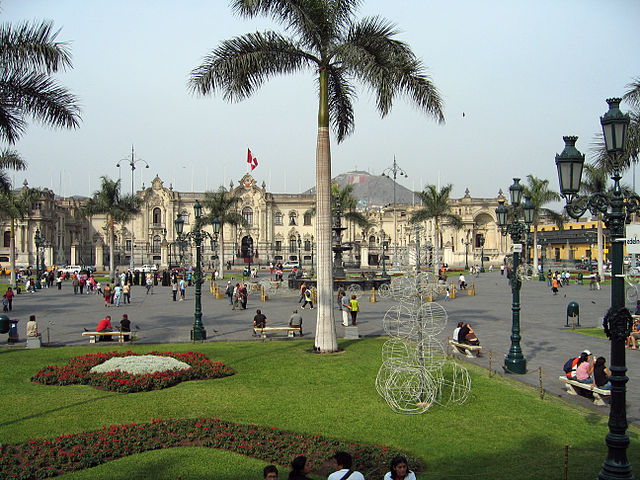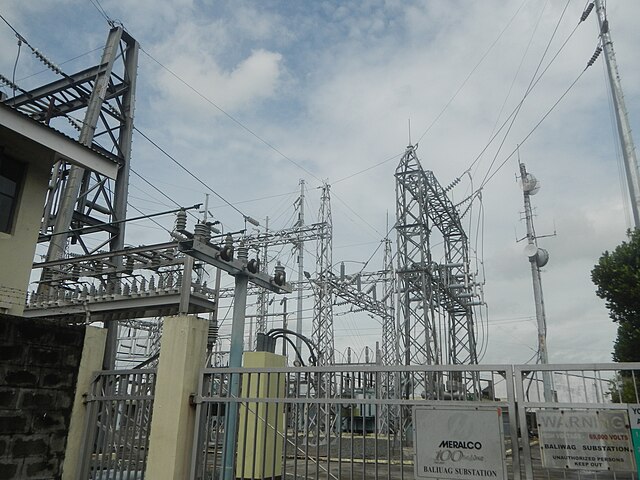The recent monetary policy statement released by the Central Reserve Bank of Peru (BCRP) provides insights into the decision to maintain the reference rate at 7.75%. This article will analyze the text from an economic perspective that emphasizes individual freedom, free markets, and limited government intervention. It will discuss inflation trends, global factors influencing inflation, economic activity indicators, and the commitment of the central bank to price stability.
The BCRP highlighted the inflation figures for May, reporting a month-on-month inflation rate of 0.32% and core inflation rate of 0.08%. Year-on-year inflation declined slightly from 7.97% in April to 7.89% in May, while core inflation decreased from 5.66% to 5.11% during the same period. Both figures remain above the upper limit of the inflation target range.
Inflation is a crucial economic indicator that affects individuals’ purchasing power and distorts market signals. Price stability is essential for sustainable economic growth and individual prosperity. The central bank’s decision to maintain the reference rate indicates its commitment to combat inflationary pressures and stabilize prices.
The text also acknowledges the significant increase in international food and fuel prices since the second half of 2021. This global trend, driven by international conflicts, has led to a sharp increase in inflation worldwide, surpassing the inflation targets of central banks in advanced economies and the region. Peru has experienced transitory inflation effects due to restrictions in the supply of certain food items.
From an economic standpoint, it is important to recognize that global factors can influence domestic inflation. Free markets allow for the efficient allocation of resources and enable individuals and businesses to respond to changing market conditions. However, external shocks can disrupt market mechanisms, leading to temporary imbalances. The central bank’s role in managing such shocks should be limited to maintaining price stability and ensuring a stable economic environment.
The text also mentions the downward trend in year-on-year inflation, which is expected to continue in the coming months. This projection is based on factors such as a moderation in the impact of international food and fuel prices, a reversal of agricultural supply shocks, and declining inflation expectations for the rest of the year. It is important for economic agents to have accurate and reliable information about future inflation trends to make informed decisions.
Expectations play a crucial role in shaping economic behavior. One-year-ahead expected inflation decreased slightly from 4.25% in April to 4.21% in May, still above the upper limit of the inflation target range. It is essential for the central bank to manage inflation expectations effectively to anchor them within the target range. Clear communication and consistent policy actions can help shape these expectations and contribute to price stability.
In terms of economic activity, the leading and expectations indicators for May indicate a recovery compared to the previous month, although most indicators remain in pessimistic territory. Economic growth is vital for improving living standards and enhancing individual freedom. Free markets and limited government intervention foster entrepreneurship, innovation, and efficiency, which are drivers of sustainable economic growth. The central bank’s decision to maintain the reference rate reflects a cautious approach to support economic recovery while ensuring price stability.
The text also addresses the outlook for global economic activity, noting a moderation in the forecast. However, global risks persist due to monetary tightening in advanced economies and international conflicts. A classical liberal approach recognizes the importance of free trade and open markets for economic growth. Government intervention in the form of protectionist measures or unnecessary regulations can hinder global economic cooperation and lead to negative outcomes. The central bank’s decision to maintain the reference rate aligns with the principles of limited government intervention and reliance on market forces.
The BCRP expresses its commitment to adopt necessary actions to ensure the return of inflation to the target range over the forecast horizon. This commitment emphasizes the importance of price stability for economic prosperity and individual freedom. Stable prices provide a solid foundation for long-term planning, investment, and consumption decisions. By maintaining the reference rate, the central bank aims to guide market expectations and promote a stable economic environment.
The monetary policy statement also includes decisions related to interest rates on the bank’s window facility operations in domestic currency with financial entities. These rates play a crucial role in determining the cost of borrowing and the availability of credit in the economy. Free markets allow for competition among financial institutions, ensuring that interest rates are determined by supply and demand dynamics rather than arbitrary interventions. The central bank’s role should be limited to creating a level playing field and promoting market efficiency.
In conclusion, the BCRP’s decision to maintain the reference rate at 7.75% reflects a commitment to price stability and the principles of individual freedom and free markets. The consideration of inflation trends, global factors influencing inflation, economic activity indicators, and the commitment to ensure price stability are essential components of a classical liberal economic approach. By promoting market mechanisms and limiting government intervention, the central bank contributes to an environment conducive to sustainable economic growth and individual freedom.










